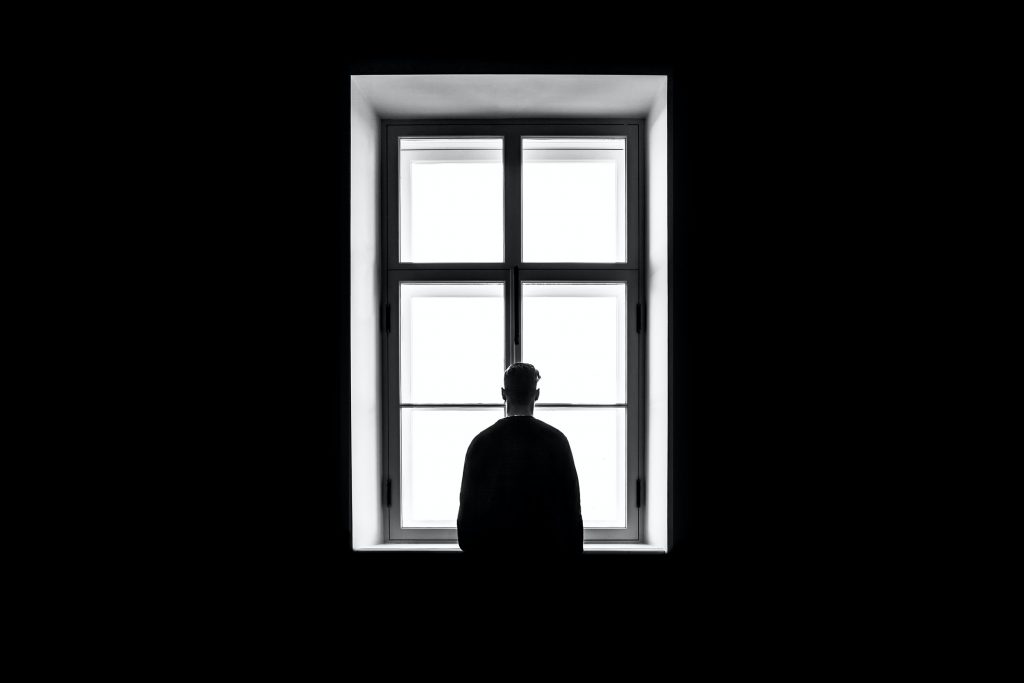By Dr. Sophia S. Mun
Since the outbreak of the coronavirus pandemic, older adults have been identified as the most vulnerable age group to the virus. Reactions to the virus’s spread in the U.S. vary, ranging grocery stores offering specific shopping hours for elderly customers to provide additional protection to the opposite extreme of nicknaming COVID-19 “the Boomer remover.” There are many reasons people have these different responses. One of these reasons is ageism.

What is Ageism?
Ageism is prejudice or discrimination against a particular age group, especially the elderly. Along with race and gender, age is commonly used to categorize and form stereotypes about others. As with other -isms, ageism involves a very pervasive us versus them thinking, and this fuels otherness and separateness. A unique thing about ageism is that age is the only category in which the members of the in-group (the young) will eventually join the out-group (the old) in the end. There is no exception to it, because everyone is getting old, right? More importantly, negative stereotypes about aging that people have been holding since they were young do not change or disappear but become internalized such that people hold those beliefs to be true about themselves as they age. Therefore, negative stereotypes originally held about other people become negative self-perceptions of aging in later life.
Origins of Ageism
Where do negative stereotypes originate? I often hear biased descriptions of older adults from my 5-year-old son and, it turns out, negative views of and attitudes toward older adults can start early in life. We are barraged from childhood on with the negative message that aging is undesirable (You might have seen birthday cards that poke fun of older adulthood.). In a modern society that values productivity, elders are seen as less valuable because we believe that older adults are less productive and efficient. Greenberg et al. (2002) suggested that age prejudice arises from a fear of our own mortality as well. They found that merely thinking about (or seeing) an older person tends to arouse anxiety about the fact that one has a short time on earth, and the fear associated with such cognitions tends to provoke the perceiver to dislike the individual (or group) who elicits such fear. Ageism is prejudice against our feared future self (Nelson, 2005).

Effects of Negative Perception of Aging on Health
One good reason to bring more attention to this issue is that negative perceptions of aging can take a heavy toll on our health. One of the most recent and largest examinations of the health consequences of ageism found that it harms the health of older people in 45 countries and across 5 continents (the study included over 7 million participants). The research team found evidence that ageism led to worse outcomes for a number of mental health conditions, including depression, and a number of physical health conditions as well as to a shorter life expectancy. It also could lead to a poorer quality of life, compromised social relationships, risky health behaviors, and cognitive impairment (Chang et al., 2020).
Reducing Ageism
Reducing negative perceptions of aging could be a significant factor in predicting better health in later life. It also deactivates otherness and separateness in our society. Negative perceptions of aging and older adults are prevalent in many societies, embedded in societal institutions and expressed in individual perceptions and behaviors. Therefore, unless we challenge this idea, it becomes part of our identities.
So what can we do?
Fortunately, we can still make a difference. There are a lot of approaches we could employ at the institutional level, but let’s focus here on what we can do on a personal level. We can start with an awareness of our attitude, language, and behaviors about aging and older adults. And let’s take the additional step of confronting our fears about aging and loss (physical, status, social, & economic). What is the truth about your fear?

Aging is a natural, powerful, lifelong process that we are all engaged in. We need to learn from scripture about how to treat a part of ourselves and a part of our society. 1 Corinthians 12:20-25 highlights how we all play a role—different roles—in one unified body. There is no age asterisk. This is not about another specific group of people. This is about all of us.
1 Corinthians 12:20-25
20As it is, there are many parts, but one body.21The eye cannot say to the hand, “I don’t need you!” And the head cannot say to the feet, “I don’t need you!”22On the contrary, those parts of the body that seem to be weaker are indispensable,23and the parts that we think are less honorable we treat with special honor. And the parts that are unpresentable are treated with special modesty,24while our presentable parts need no special treatment. But God has put the body together, giving greater honor to the parts that lacked it,25so that there should be no division in the body, but that its parts should have equal concern for each other.

References
Chang,E.S., Kannoth,S., Levy,S., Wang,S.Y., Lee,J.E., & Levy, B. (2020).Global reach of ageism on older persons’ health: A systematic review. PLOS ONE 15(1). https://doi.org/10.1371/journal.pone.0220857
Greenberg, J., Schimel, J., & Martens, A. (2002). Ageism: Denying the face of the future. In T. D. Nelson (Ed.), Ageism: Stereotyping and prejudice against older persons (p. 27–48). The MIT Press.
Nelson, T. (2005). Ageism: Prejudice Against Our Feared Future Self. Journal of Social Issues, 61(2). https://doi.org/10.1111/j.1540-4560.2005.00402.x